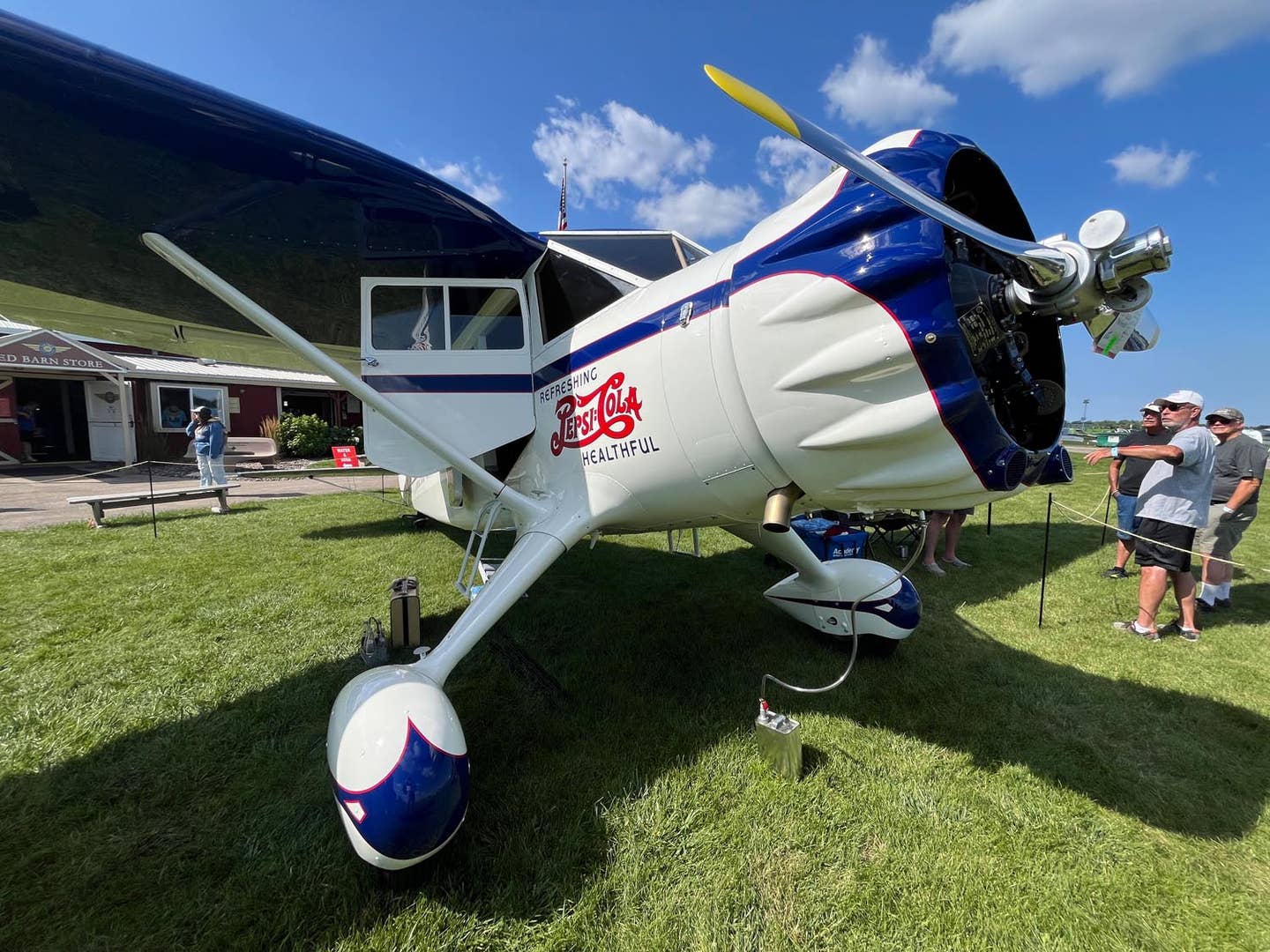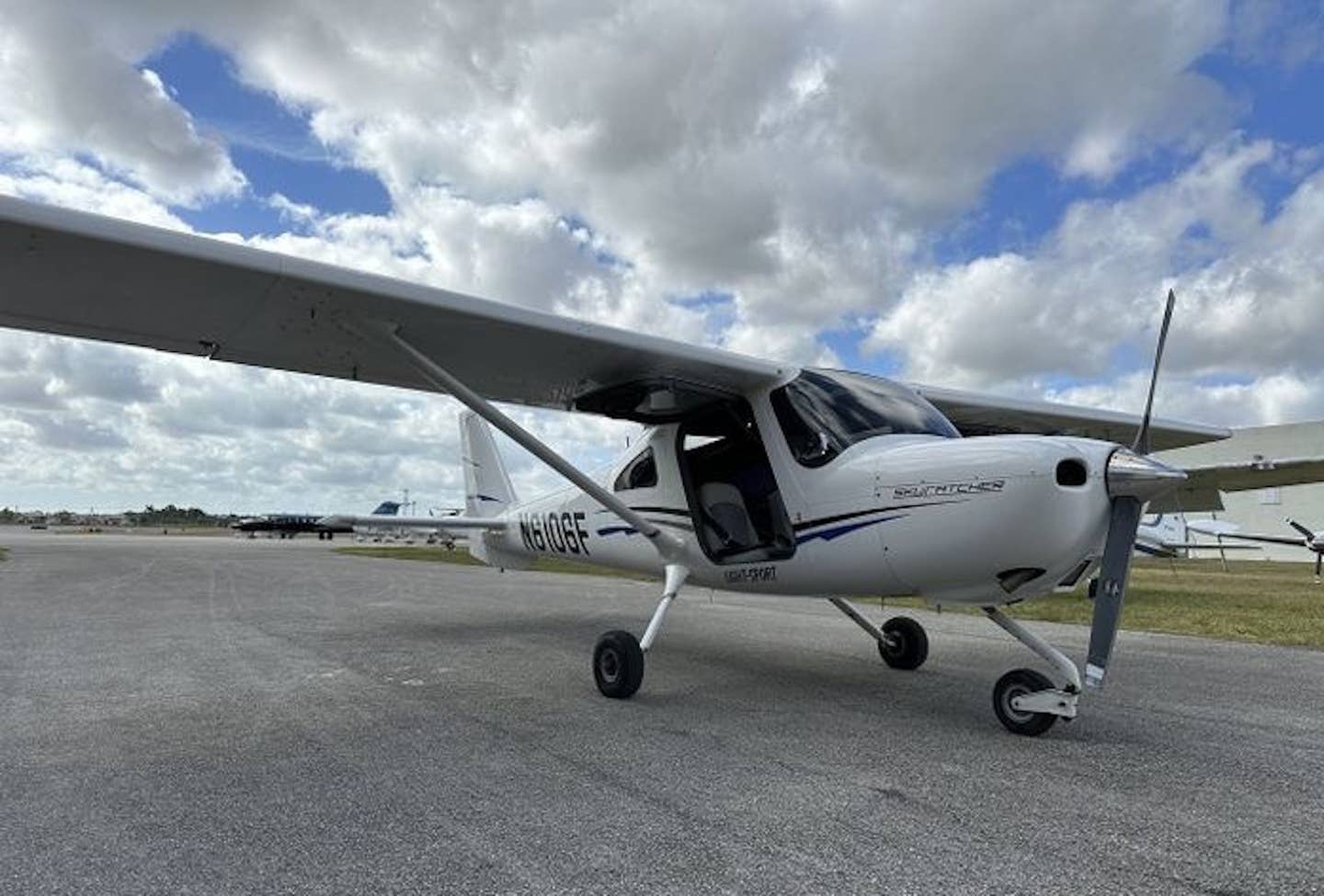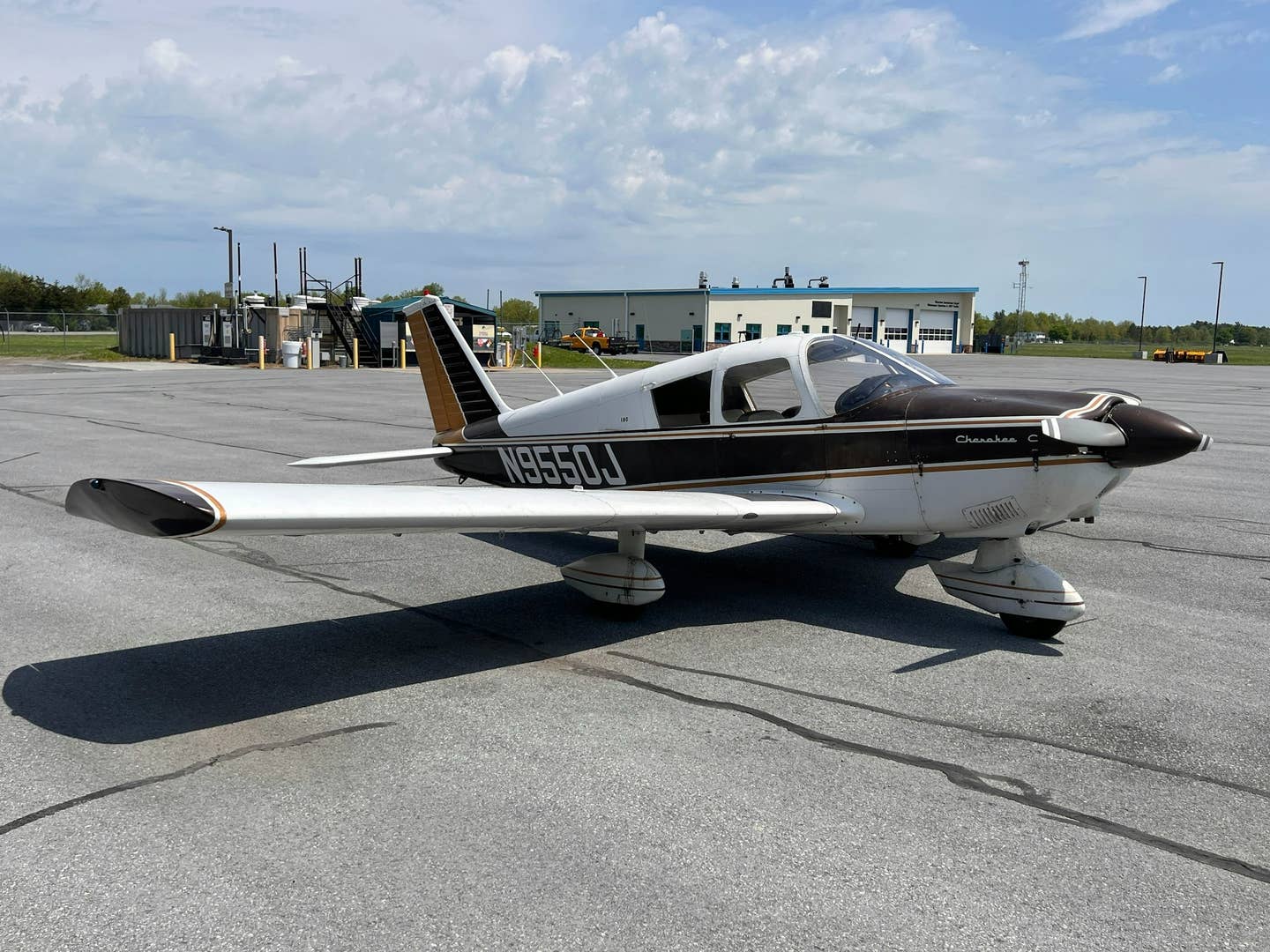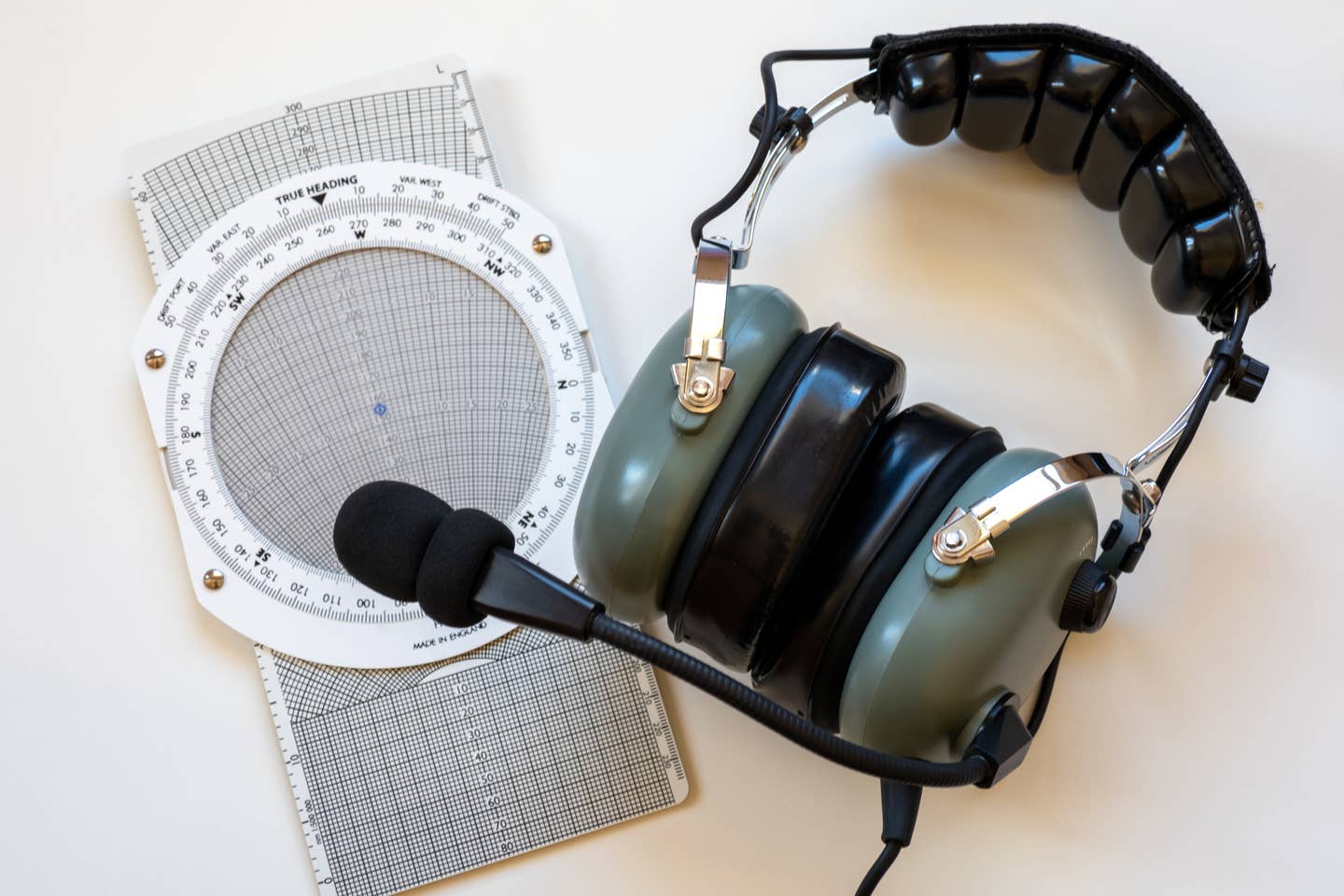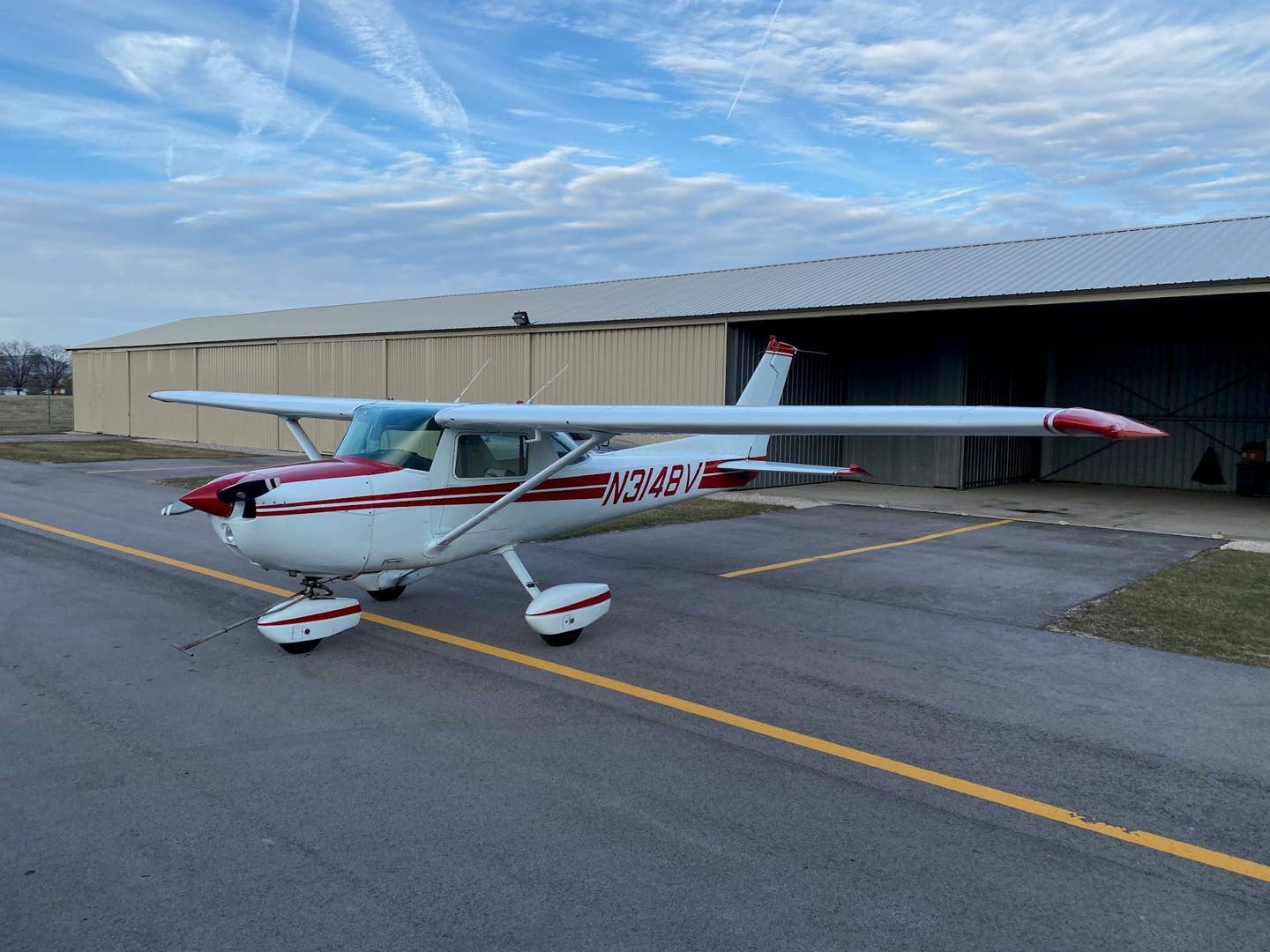Organize Your Flight Like a Pro
“Organization is what you do before you do something, so that when you do it, it’s not all mixed up.” These words from A.A. Milne, the author of the “Winnie-the-Pooh”…
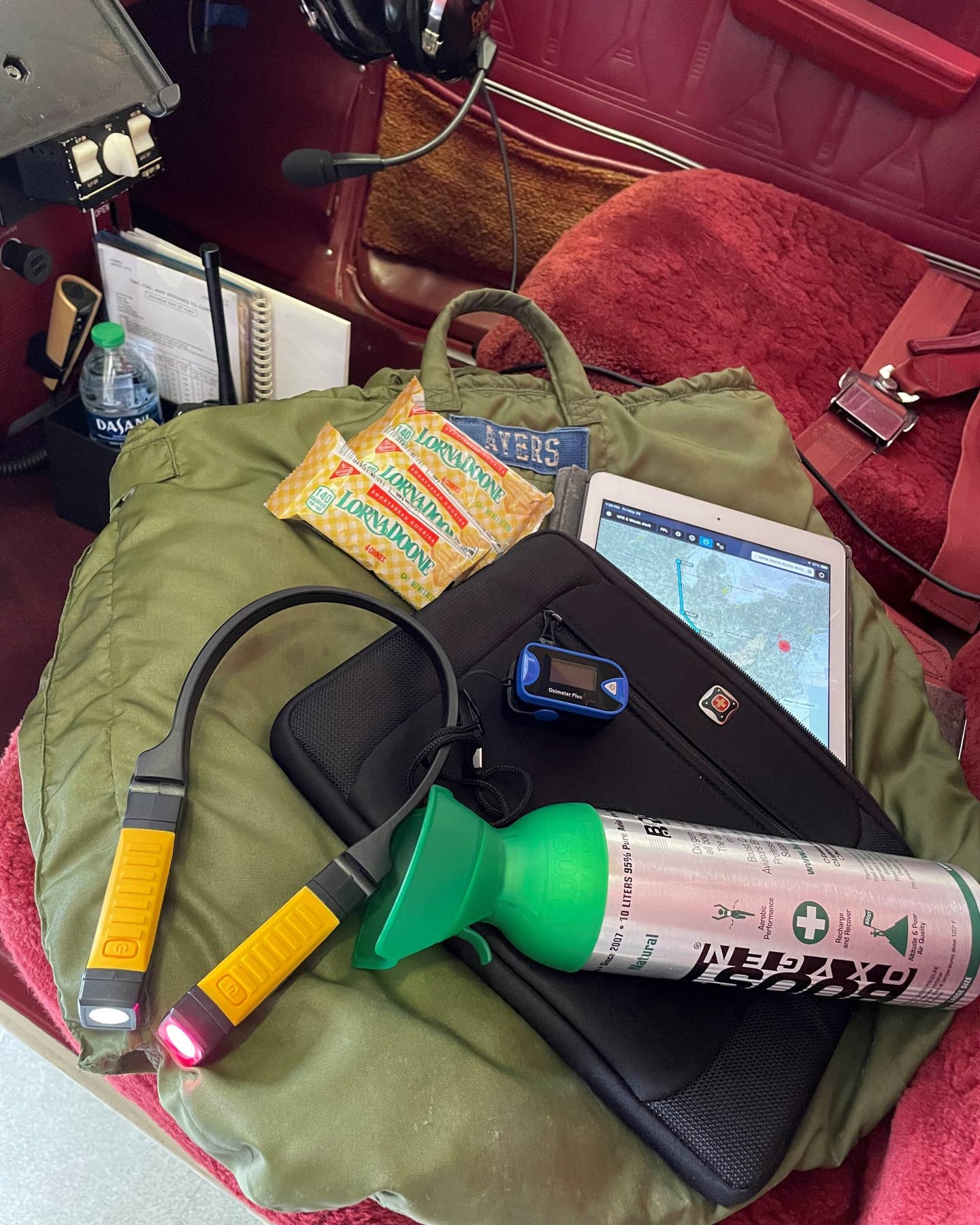
Your experience and mission help you determine what your ‘must-haves’ are. You can create your own ‘nest’ in a general aviation cockpit with vital equipment just as the pros do. [Photo courtesy Frank Ayers]
“Organization is what you do before you do something, so that when you do it, it’s not all mixed up.”
These words from A.A. Milne, the author of the “Winnie-the-Pooh” series, turned out to be great advice for aviators. Flying is simply a series of planned and occasionally unplanned events. Takeoff, climb, cruise, descent, and landing are all well known to the pilot, and each can be planned for accordingly. The occasional in-flight emergency, unplanned reroute, or weather diversion is where pro football coaching legend Vince Lombardi famously said “preparation meets opportunity.” Our preparations should include the known, unknown, and unexpected. Once we close the cabin door, the way we organize our cozy little flight deck can either help or hinder our progress. Thankfully, others have gone there before and may have a few lessons for us down here in General Aviation Land.
Building a Nest
Back in the dark ages of aviation before the iPad, when professional pilots lugged leather-bound satchels containing aircraft manuals, multiple Jeppesen chart books, and all kinds of emergency and survival equipment, the pros set up their cockpit the same way every time. Years ago, during my Boeing B-52 days, we would prepare for another long mission by “building a nest.”
After clambering up the entry steps and the ladder to the upper deck, I would settle into the pilot’s ejection seat, my home for the next 14 hours. Aircraft manuals, instrument charts, and the ubiquitous 90-degree D-cell flashlight were stowed neatly in the box to my immediate left. A large white box containing delicacies from the flight kitchen, including a precious can of ice-cold Coca-Cola, was stored next to the side glass where it would remain cold for many hours. The checklist, a 3-inch-thick mass of metal rings, plastic sleeves, and paper, was wedged neatly between the side window frame and the glareshield. To top it all off, a helmet and oxygen mask were draped on the side panel, and the OD green Nomex gloves, when not being worn, hung stylishly from the overhead hatch.
While the details may vary from pilot to pilot, each item was located where I could find it when I needed to use it, either when the lights went out or the master caution light flashed bright red. OK, so down here in General Aviation Land, our flights are shorter, the flight decks smaller, and our gear more modest. But taking the time and forethought to get organized before a flight can make us better prepared when the expected meets the unknown.
What’s in Your Flight Bag?
Have you noticed some pilots nonchalantly walk out to the airplane with little more than a headset, clipboard, iPad, and pencil? Others head out the door weighed down with a heavy flight gear bag, containing a multitude of books, gadgets, and devices. So, who is right? The answer, as is the case in so many facets of aviation, is it depends. The minimalist pilot has pared the required flight gear to the minimum their experience tells them is required. Once in the airplane, they have a plan, and they stow their few critical items in the same place every time. Over time, they may add or subtract an item or two, but overall they are satisfied with their gear and build their nest accordingly.
On the other hand, pilots who subscribe to the “big bag theory” of aviation are well prepared for any eventuality. However, they might consider organizing their plentiful gear along the lines of “gotta have,” “nice to have,” and “How did that get in here?” The gotta haves include a headset, iPad, and the usual checklist of POH, flashlight, pen, etc. These should be set up in the same location in the cockpit for immediate use. The nice to haves may include a handheld radio, flight computer, and other valuable items used only occasionally. These might stay in the bag but right at the top.
Finally, the how-did-that-get-in-here category comprises anything you have not touched in the last year or so. Give this last category of items the heave-ho and you might be able to get by with a smaller bag. Our little general aviation cockpits average about 45 inches wide, and not much longer, so space is at a premium. Each pilot is different and needs to decide for themself what to carry and where to put it. Organizing your nest the same way every time is a good way to build consistency into your flying.
Electronic Devices
iPads, cell phones, and other electronic cockpit aids have become so common we forget they have only been around for a little more than a decade. Thankfully, GA led the way in this area, and these little devices can remove the requirement for paper charts and make the job of nest building simpler. Advisory circulars (ACs) 91-78 and 20-173 contain good advice for the operation and stowage of these items.
There are several options for mounting tablet-based electronic flight bags (EFBs). Some airplanes provide enough real estate on the instrument panel that the iPad can reside there. This is the perfect location as long as it is easily detached—but not so easily as to go flying—and not a permanent part of the aircraft. The control yoke is another popular option. However, many older GA instrument panels locate critical switches or engine instruments underneath the yoke. It’s a good location if you can see the controls and gauges. For others, the left side window or the top of the glareshield option may be the only real estate remaining. However, it’s worth reminding ourselves that the primary function of the windows is to allow pilots to see and avoid other aircraft. A full-size iPad located between the pilot and converging traffic may be a tradeoff at best.
So, consulting the regs and weighing the pros and cons of mounting an EFB in your particular aircraft may be in order. And, when not in use, these devices need to be stored securely in a flight bag so they do not become projectiles in case of an emergency.
You Can’t Take it With You
Flying out to the Bahamas, or over Lake Michigan to Oshkosh, Wisconsin, is an incredible use of general aviation—if done smartly. For flight over these long stretches of water, personal flotation devices (PFDs), personal locator beacons (PLBs), and an inflatable raft are desired and often required. Once the airplane and pilot are “feet wet,” these beauties move to the top of the gotta-have list. But shoehorning these bulky items into an already-crowded cabin is another story.
Step one: Realize that anything not attached to the pilot’s body will not make it out the door in the event of a ditching. So, storing these items in the baggage compartment does not help. Fighter pilots sit on this gear in their ejection seat kit, so when their posterior leaves the jet, so does all of the survival gear. Down here in General Aviation Land, we ought to consider how we are going to get all this gear out the door quickly and without getting tangled up in it when we need it.
Step two: Know what to do if the raft or PFD inflates in flight. These flotation devices are amazing right up until the point where they accidentally inflate inside an aircraft. An accidental inflation during flight may force the control yoke forward with disastrous effect. Hmm, maybe that’s why airline flight attendants remind us to inflate the PFD only after we leave the aircraft. Recalling my B-52 days, an orange survival knife was always located on each pilot’s side panel, so we could slice open an unruly raft if the unthinkable happened. Maybe a survival knife, located where the pilot can reach it, just moved up to the gotta-have list.
What’s in Your Baggage Compartment?
Building your nest does not stop at the front seats. Anything loose in the cabin is a candidate to join the pilot unexpectedly during an emergency, turbulence, or an off-airport landing. Most baggage compartments contain the usual quart of oil, fuel sampling cup, windshield cleaning supplies, and towbar. A sleeping bag, survival kit, and first-aid kit are nice additions in the backcountry or sparsely populated regions. However, a few baggage compartments look like the trunk of an old car. They are full of sharp objects, old aircraft parts, and a variety of untethered projectiles likely to cause injury and confusion in an emergency. Organizing the compartment is like cleaning out your garage, so look critically at what’s back there, how it’s secured, and what needs to go away.
How Is That Nest Coming?
So, let’s flash forward 40-plus years and that once-young B-52 pilot is still enjoying “slipping the surly bonds of earth” on a regular and frequent basis. The nest is smaller now, and the crew is only one or two, but the principle is the same. As Benjamin Franklin famously said, “a place for everything and everything in its place.” Building your nest is all about deciding what you need, how you plan to use it, and where you will put it. A little “what-iffing” can help decide what goes in the bag, and in the bird, and what to leave at home. Then, you can enjoy the flight knowing you are organized and prepared for the known, unknown, and unexpected. Fly safe!
Editor's Note: This story originally appeared in the August 2023 issue of Plane & Pilot magazine.

Subscribe to Our Newsletter
Get the latest Plane & Pilot Magazine stories delivered directly to your inbox


